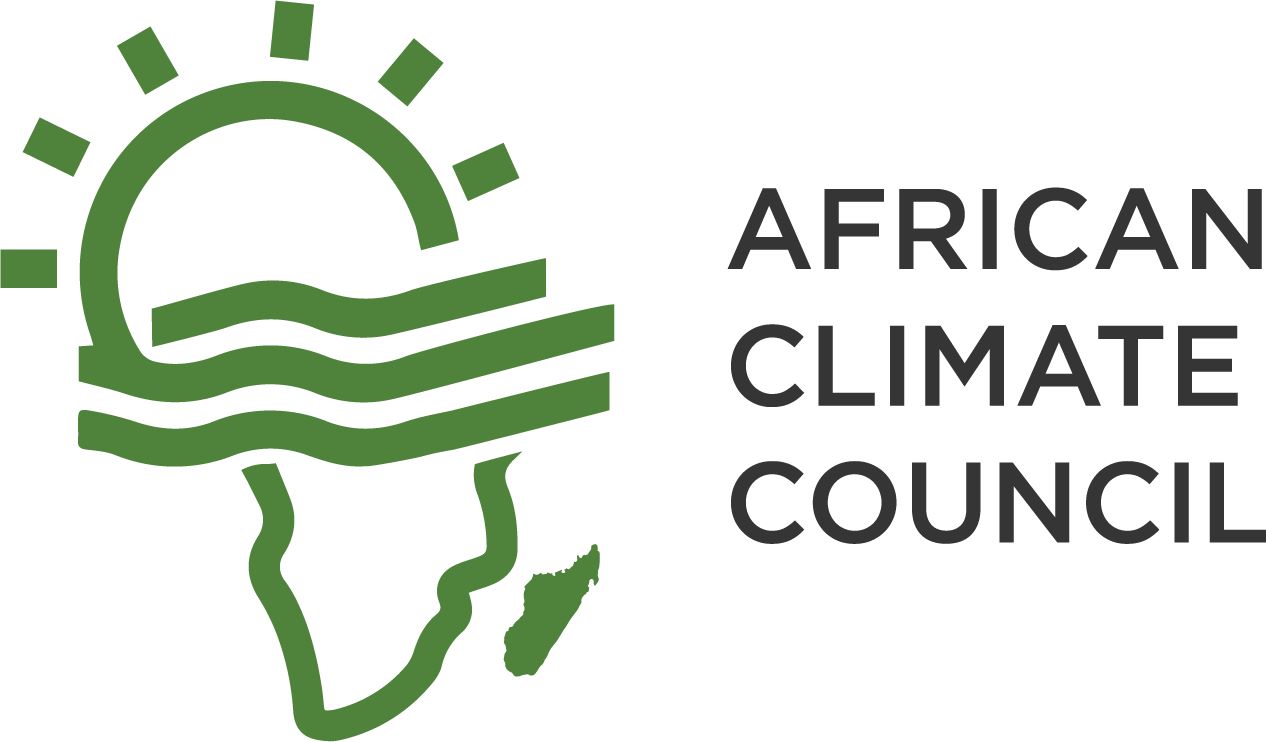
Apart from the looming destruction from extreme weather conditions like floods and drought over the past three years, a spiraling cholera crisis is hunting the continent. Since late 2021, cholera has claimed over 6,000 lives, with nearly 350,000 cases reported across southern and East Africa.
According to Tulio de Oliveira, a leading scientist who tracked COVID-19 variants, southern Africa’s outbreaks are due to cyclones and floods that struck Malawi in 2021-22, spreading cholera bacteria to new regions. Meanwhile, droughts in Zambia and Zimbabwe have forced desperate communities to rely on unsafe water sources like rivers and shallow wells, accelerating infections.
This year, Africa’s cholera deaths have outpaced the Middle East—the second-worst affected region—by eight times. Yet, despite the devastation, global vaccine supplies are critically low.
The World Health Organization (WHO) reports that only 46 million doses were available in 2023, far short of the 82 million requested. With just 3.2 million doses left—below the 5-million safety net—Africa’s most vulnerable are paying the price.
For Mildred Banda of Zambia, the shortage was deadly. After her one-year-old son, Ndanji, fell ill, oral rehydration failed to save him. By the time vaccines arrived in mid-January, it was too late. “I should have acted faster,” she says, grief-stricken.
In Zimbabwe, drought has pushed cholera into rural areas, once considered low-risk. Abi Kebra Belaye of Doctors Without Borders notes outbreaks have spread to 62 districts, up from 17. Augustine Chonyera, a Harare resident, was stunned to see rural Buhera devastated by the disease—families wiped out and clinics overwhelmed.
Africa is bearing the brunt of a storm fueled by climate change, inequality, and neglect. The question is: how many more must die before the world takes notice?


Add a Comment